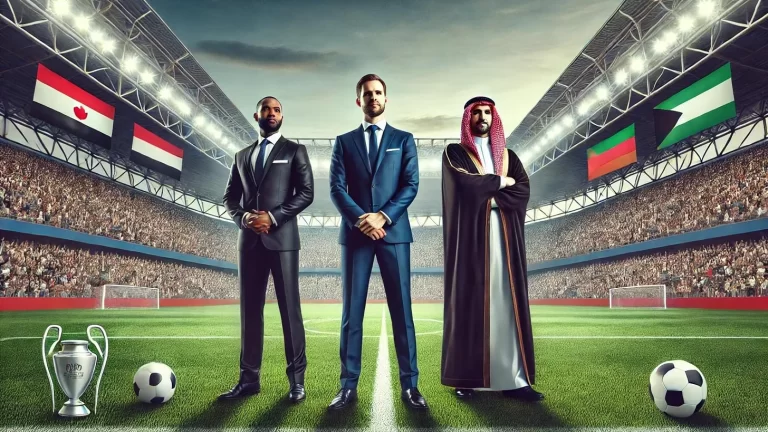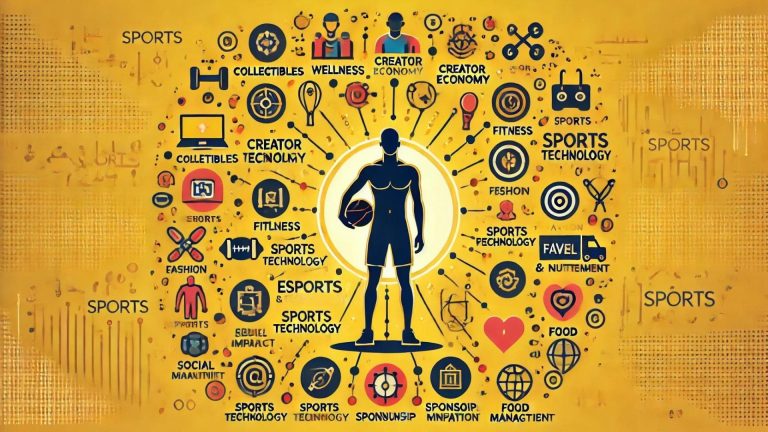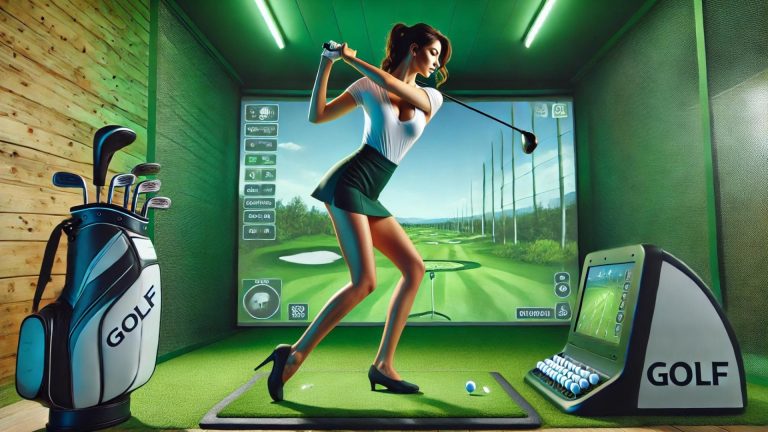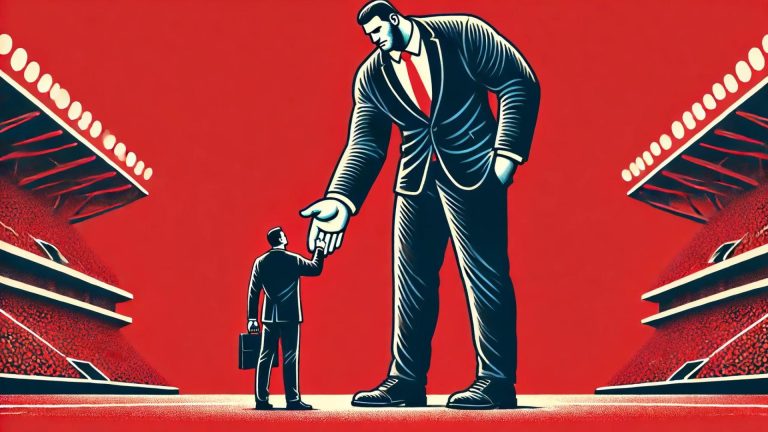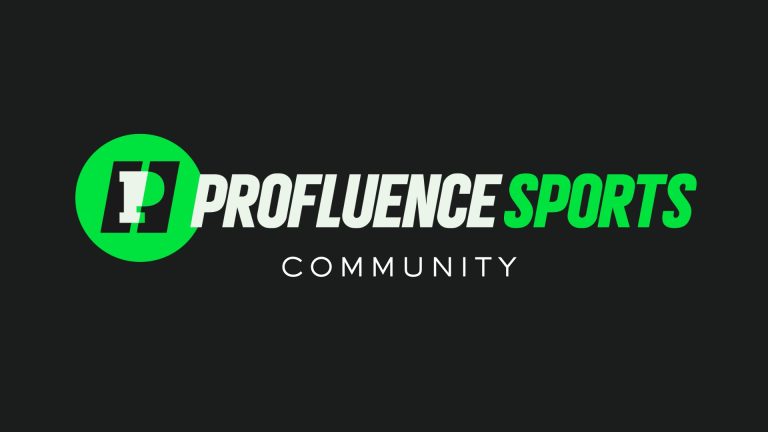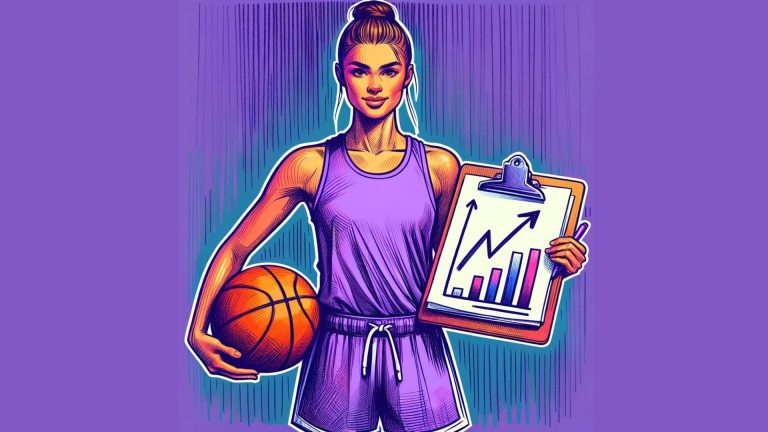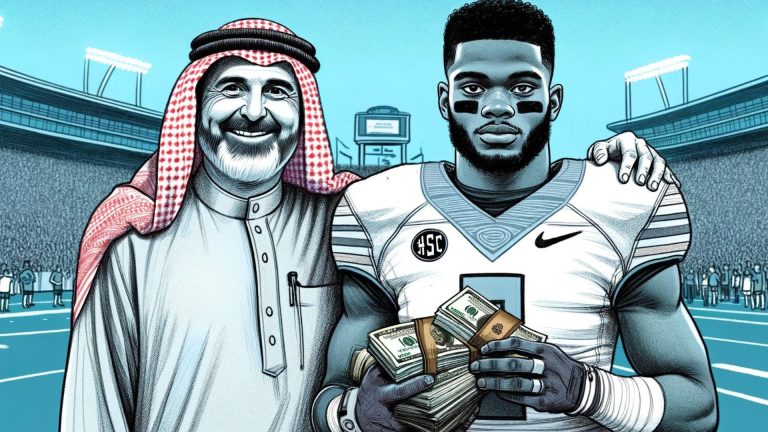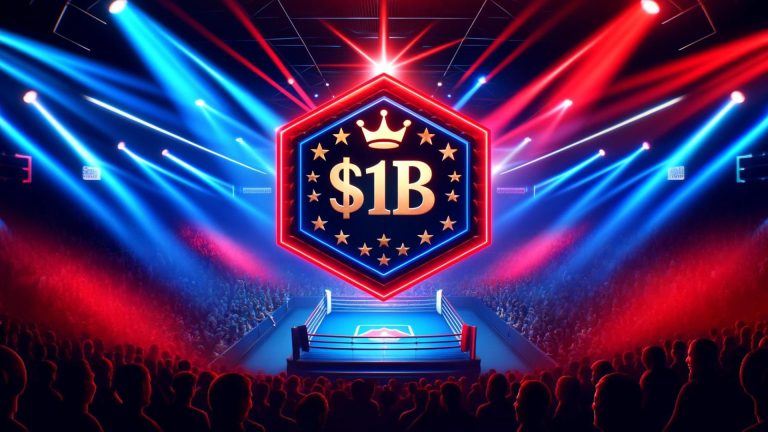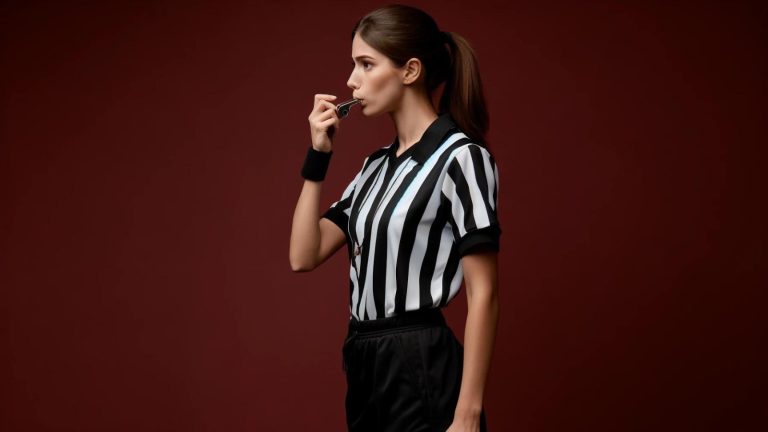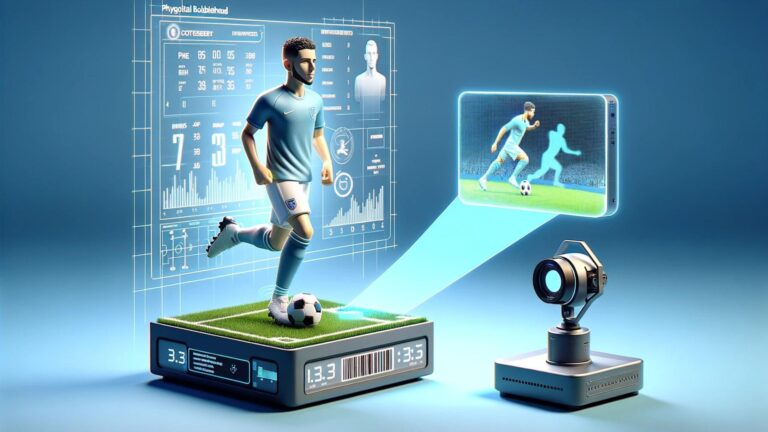20% of your money.
That’s what agents are looking for when an athlete signs an endorsement or NIL deal.
Want to negotiate equity in the deal?
That’s probably not going to happen.
Why?
Because the agent won’t get a cut of that.
I believe the sports agency/representation model is transforming right before our eyes.
Let’s Dive In 👇
From Agent to Partner
Endorsements aren’t going away, but they’re changing.
Earlier this year, Naomi Osaka left IMG along with her agent to start a new sports agency, EVOLVE.
It’s the rise of the business partner.
Love him or hate him, Rich Kleiman (Kevin Durant’s partner) popularized this model.
But it was done before, and with great success by Lebron James and Maverick Carter.
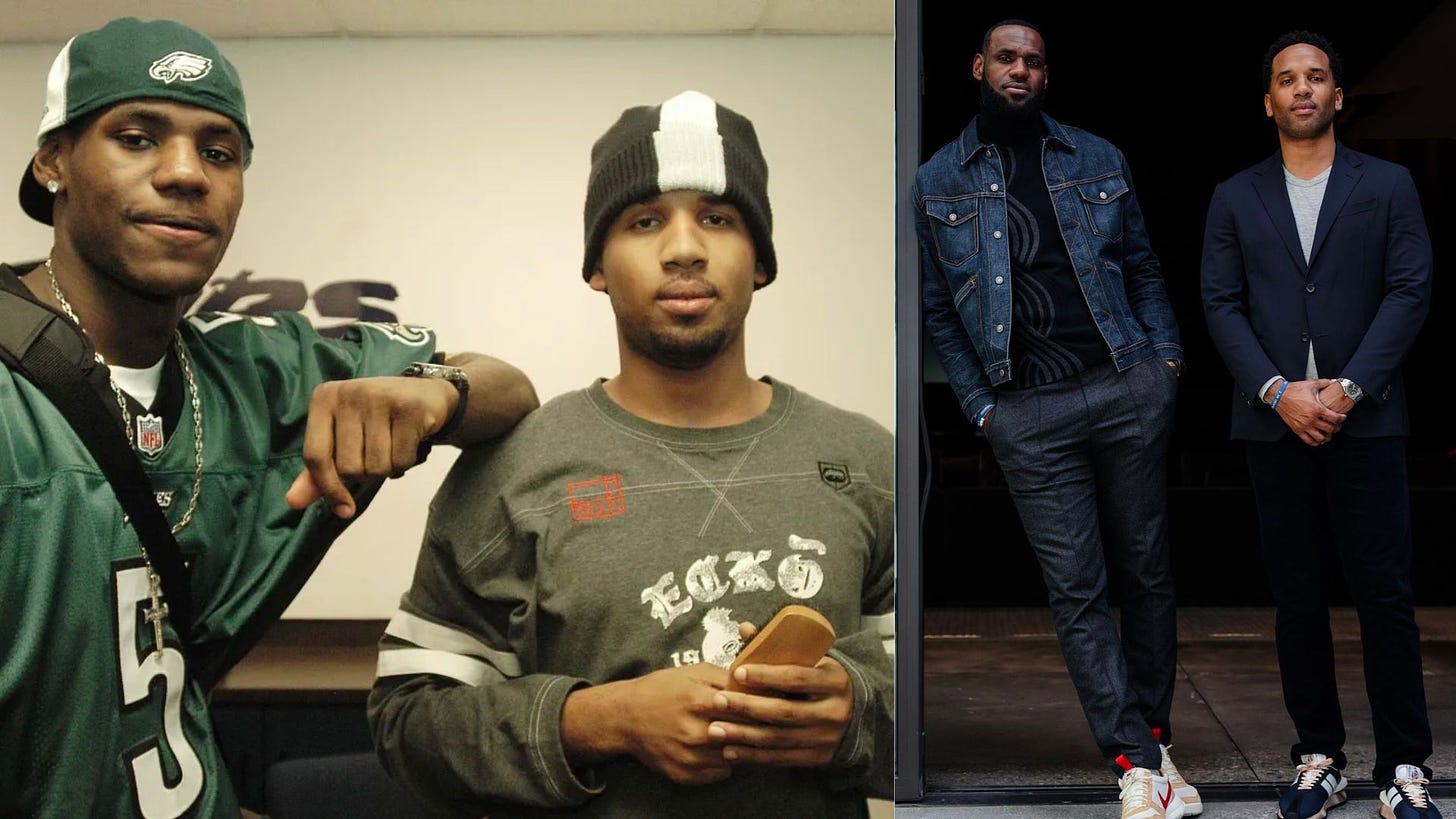
If you’re a big-time athlete this model works to near-perfection (given you have the right partner who isn’t going to finesse your money).
But for most athletes…
A business partner doesn’t make sense.
I tier athletes into 4 categories:
Tier 1: Stars – Lebron, Brady, Serena, Ovechkin, Tiger
I can use their first or last name and you’ll know who they are — they’re that big.
These athletes have a ton of clout, social media followers, influence, fame, and network.
Every company wants them. It’s almost impossible for them to not get rich.
Tier 2: Elite – Jayson Tatum, Kyler Murray, Cam Smith, Jose Altuve
These athletes are usually younger and will have a chance to rise to Tier 1 status. If they don’t, they’ll typically fall into Tier 3 as they get older.
Ironically, sometimes these athletes get better deals as they’re “more in reach” for most companies (whether endorsements or investments).
Tier 3: Good – Carson Wentz, Patrick Reed, Victoria Azarenka, Kemba Walker
These athletes are still good players, maybe they’re just older, not as well-known globally, or don’t have a large social media presence.
Athletes in this category can still do well, but aren’t always option A for the companies they become involved with.
Tier 4: Everyone Else – any pro athlete
Pro athletes (no matter how popular) still carry an influence.
The hard truth is that companies don’t always want these athletes.
Tier 4 athletes have to get crafty as they’re still high net-worth earners but don’t have leeway or clout like some of their teammates.
Most athletes fall under Tier 3 or 4.
Companies, agencies, investment firms, etc. should know what tier of athlete they’re targeting.
** I focused on pro athletes, but college athletes fall into tiers as well.
Role of NIL & Marketplaces
Technology has had a major influence on the agency model as well.
Athletes now get exposed to deals at a younger age — they can even find deals directly through marketplaces on their phones.
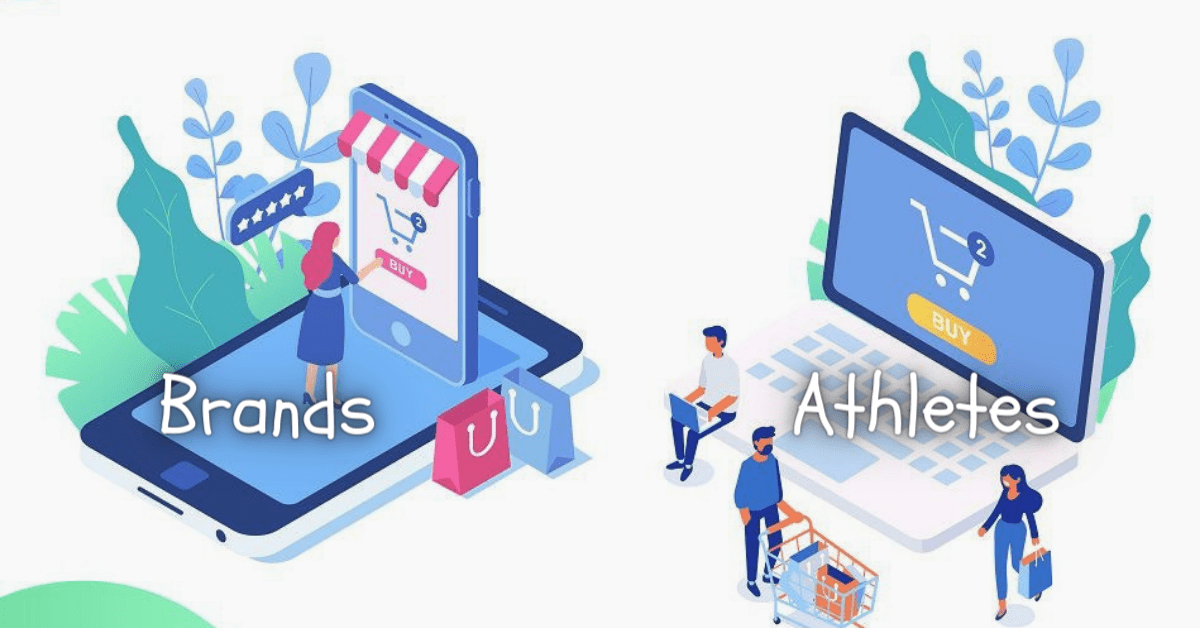
In theory, they could go their whole career without a legit agent.
While I wouldn’t recommend that for most athletes, it’s entirely possible thanks to the new laws and advancement of technology.
These platforms typically allow agents to surf through deals as well (the middleman of the middleman).
Big Gets Bigger
A few major individuals, entities, and organizations dominate the majority of industries in sports.
And when you look at the agency model, it’s no different:
- CAA
- ICM
- Excel
- WME
- Octagon
- Wasserman
- and a few others
The problem is that these agencies have scaled so much that the relationships between athletes and agents can sometimes feel very transactional.
That’s left some athletes (especially the super ambitious ones) seeking more in their business relationships.
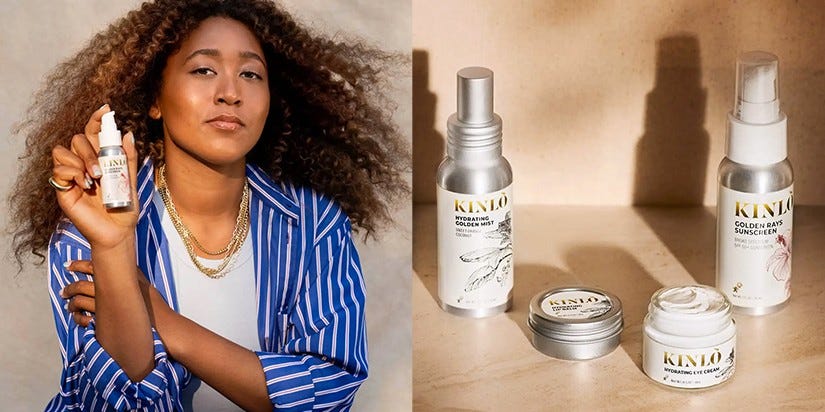
Technology, increased education, and seeing what other athletes are doing have escalated this.
Naomi Osaka is only 25 years old, yet she has a more advanced off-the-court setup than Lebron James.
She has her own:
- agency
- businesses
- media company
- investment vehicle
Interestingly, she’s set most of this up over the last two years — and has dropped significantly in the rankings on the court.
In terms of NIL and college sports…
I think we’ll see the top agencies buy out smaller incumbents and place them under their umbrella.
The Irony That Could Happen
The one thing that’s interesting about sports representation and how it’s changing is that it might actually come full circle.
Here’s what I mean…
Cable dominated TV for years — and then streaming came along to try and disrupt it.
But as of late, streaming feels a lot like cable.
Commercials → Ads
1 cable provider → Many streaming services
Too many channels → too many platforms
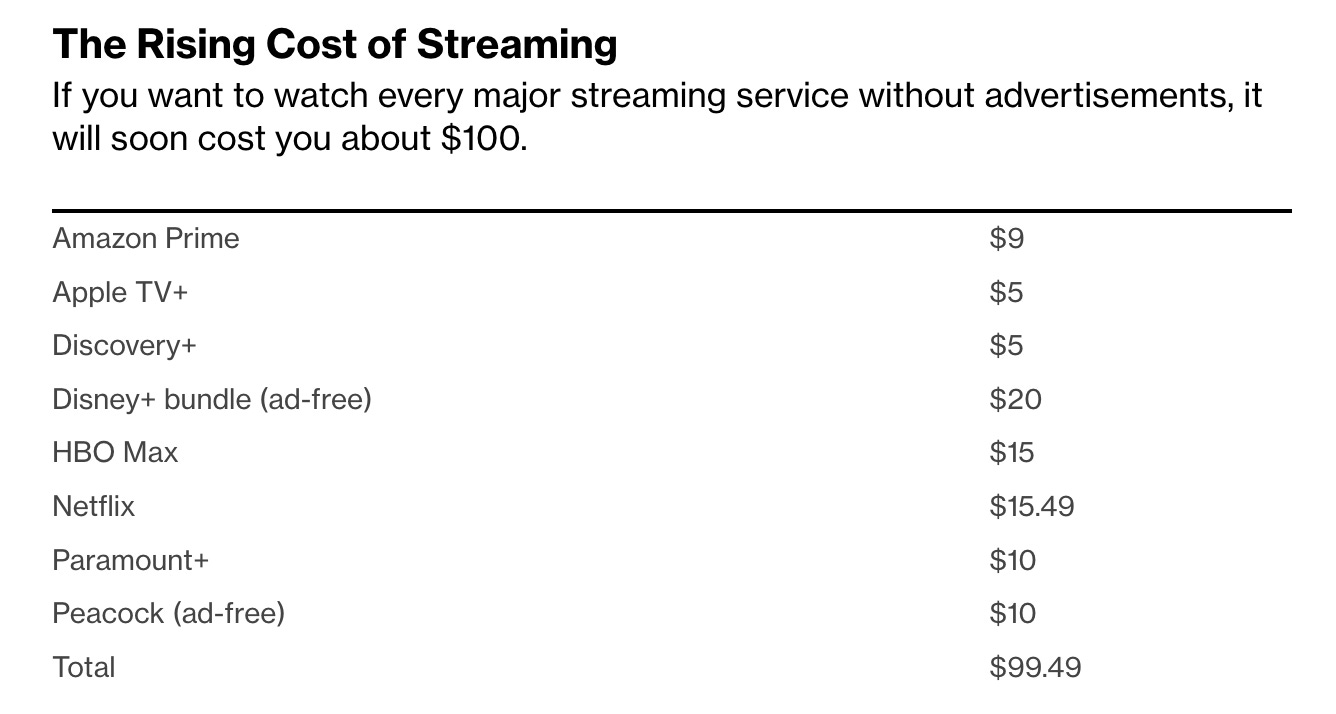
Streaming came full circle. ⭕️
So at the end of the day, I don’t think the sports agency model is going anywhere. But I do think it’s evolving.
Athletes want exposure to opportunities beyond just contracts and endorsements.
They want ownership, philanthropy, community, and other things.
The business partner has evolved to help athletes with endorsements, equity deals, charity, appearances, starting companies, and more.
But even as this model evolves, I think we’ll see it come full circle back to agencies.
Don’t forget…
Agents and business partners are ambitious as well.
